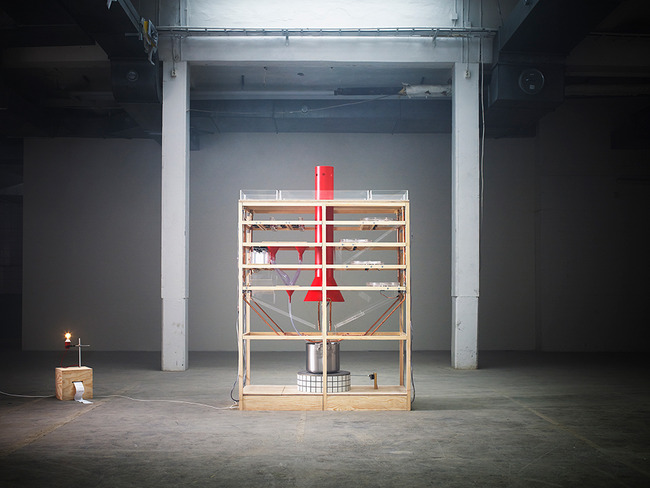Manufacturing 4.0 is also refereed to as the Fourth Industrial Revolution.
It is the next phase in the digitization of the manufacturing sector, driven by disruptive trends including the rise of data and connectivity, analytics, human-, and improvements in robotics and machine interaction.
Manufacturing 4.0 has significant implications for brands across industries. By implementing advanced technologies and data-driven processes, manufacturers can produce products faster, with greater precision, and at lower costs. Here are some ways that Manufacturing 4.0 can benefit brands:
-Faster time-to-market:
With the help of digital technologies, manufacturers can shorten the product development cycle and bring new products to market faster. This means that brands can respond more quickly to changing customer demands and stay ahead of the competition.
-Improved quality control:
By integrating sensors and data analytics into the manufacturing process, manufacturers can detect and address quality issues in real-time. This helps ensure that products meet or exceed customer expectations, reducing the risk of product recalls and negative brand reputation.
-Customization and personalization:
The use of advanced technologies such as 3D printing and machine learning enables manufacturers to produce products that are tailored to individual customer needs and preferences. This allows brands to create unique, personalized experiences for their customers, increasing customer loyalty and engagement.
-Sustainability:
Manufacturing 4.0 can help brands reduce their environmental impact by optimizing production processes and reducing waste. This can be achieved through the use of predictive maintenance, energy-efficient equipment, and sustainable materials.
In summary, Manufacturing 4.0 presents brands with an opportunity to improve their products, processes, and customer experiences. By leveraging advanced technologies and data-driven insights, brands can stay competitive and meet the evolving needs of their customers.
For enquiries about deep dive future insights:
Hello@future-filter.com







































